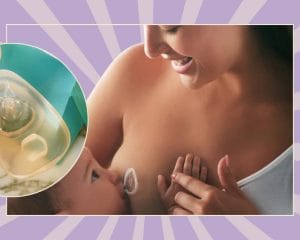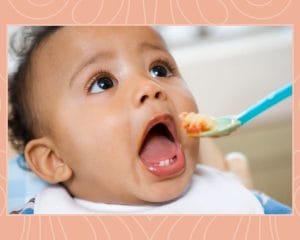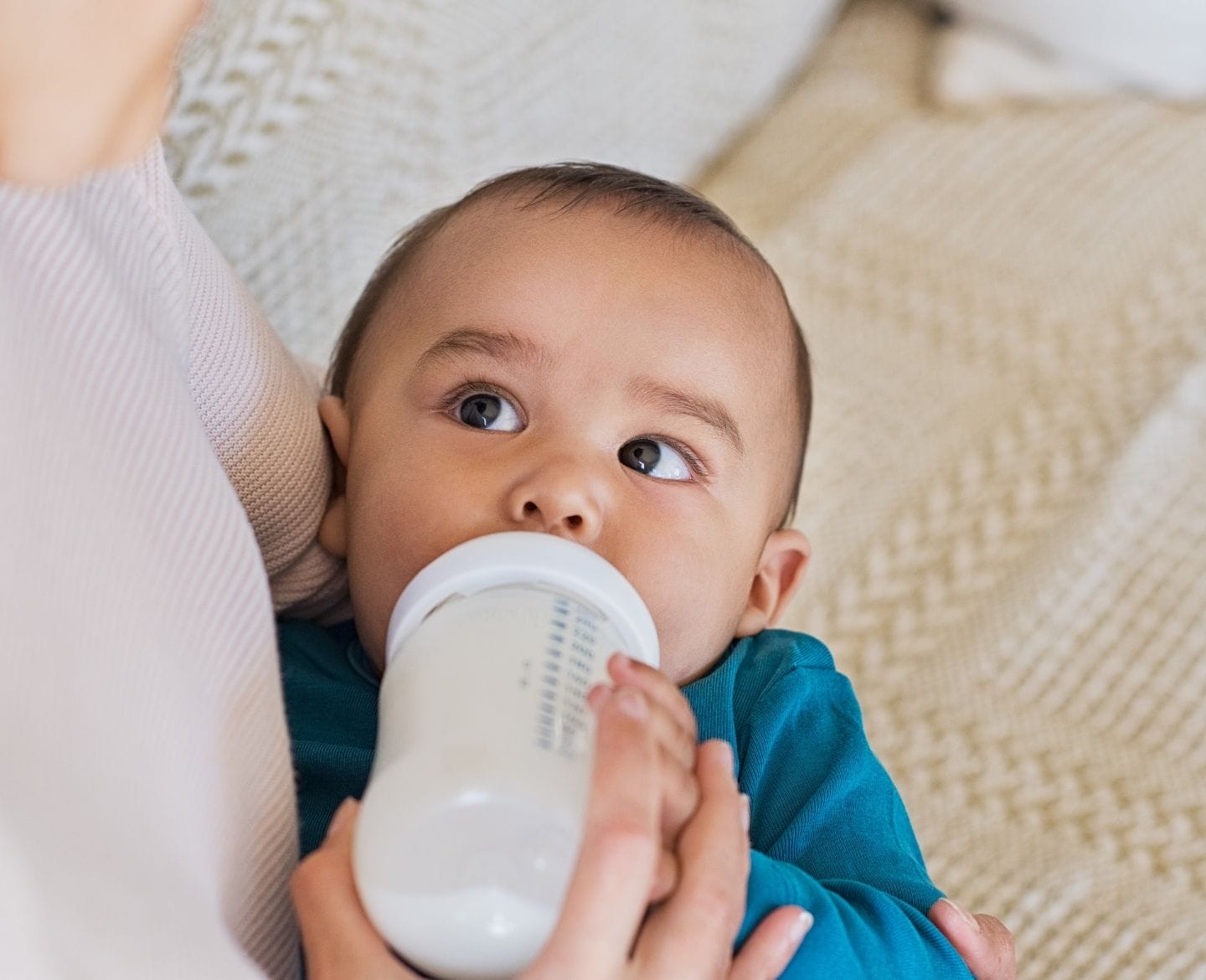What you need to know about the ‘arsenic in baby food’ study

Common brands include: Similac, Enfamil, Happy Baby, Gerber, Kirkland, Little Duck Organics, Plum Organics, and The Honest Company.
This week an investigation by Healthy Babies Bright Futures (HBBF) made headlines, proclaiming 95% of baby foods the group tested contain at least one toxic chemical, including lead, arsenic, mercury and cadmium. The results are similar to those The Clean Label Project released in 2017.
These reports suggest many commonly consumed products, including formula, baby food in jars and pouches, and snacks contain contaminants like arsenic and lead, in some cases at levels higher than trace amounts.
These reports were not published in peer-reviewed journals, but the items were tested and reviewed by third-party laboratories. The products were screened for heavy metals and other contaminants, and, in many cases, tested positive for things no parent wants to see in their baby’s food.
It’s important to note that all of us are consuming arsenic in some form. According to the FDA, it’s naturally found in soil and water and absorbed by plants, so many foods, including grains (especially rice) and fruits and vegetables contain arsenic.
Everyone is exposed to little bits of arsenic, but long-term exposure to high levels is associated with higher rates of some cancers and heart disease. Previous studies have shown that babies who consume infant formulas and rice products already tend to have higher than average levels of arsenic metabolites in their urine (due in part to the natural levels of arsenic found in rice), so additional arsenic in baby goods is certainly not ideal.
“To reduce the amount of arsenic exposure, it is important all children eat a varied diet, including a variety of infant cereals,” says Benard P. Dreyer, MD, FAAP and president of the American Academy of Pediatrics (AAP). “The AAP encourages parents to speak with their pediatrician about their children’s nutrition. Pediatricians can work with parents to ensure they make good choices and informed decisions about their child’s diet.”
According to the World Health Organization, arsenic exposure is associated with an array of health problems, including cardiovascular disease, diabetes and cancer.
Arsenic was not the only chemical found in the tested products that could potentially pose a danger to the babies consuming them. The new report from HBBF looked at 168 baby foods from 61 brands and found 94% of the products contained lead, 75% contained cadmium and 32% contained mercury.
This is not the first time lead (which can damage a child’s brain and nervous system, impact growth and development and cause learning, hearing, speech and behavior problems) has been found in baby food. A previous report released in 2017 by another group, the Environmental Defense Fund, found 20% of 2,164 baby foods tested contained lead.
As the FDA notes, lead is in food because it is in the environment. “It is important for consumers to understand that some contaminants, such as heavy metals like lead or arsenic, are in the environment and cannot simply be removed from food,” says Peter Cassell, an FDA spokesperson.
Cassell says the FDA doesn’t comment on specific studies but does evaluate them while working to ensure consumer exposure to contaminants is limited to the greatest extent feasible. “Through the Total Diet Study, the FDA tests for approximately 800 contaminants and nutrients in the diet of the average U.S. consumer,” Cassel explains.
The FDA works with the food manufacturing industry to limit contaminants as much as possible, especially in foods meant for kids. “We determine, on a case-by-case basis, whether to take enforcement action when we find foods that would be considered contaminated,” Cassell adds.
The people at HBBF are calling on the FDA “to use their authority more effectively, and much more quickly, to reduce toxic heavy metals in baby foods,” says HBBF research director and study author Jane Houlihan.
HBBF is circulating a petition urging the FDA to take action “by setting health-based limits that include the protection of babies’ brain development.”
Parents who are concerned about heavy metals in baby foods should also consider speaking with their pediatrician.
“Pediatricians can help parents understand this issue and use AAP guidance to build a healthy diet for children and limit exposure to lead from different sources,” says Stephen R. Daniels, M.D., Ph.D., FAAP, chair of the AAP Committee on Nutrition.
[A version of this post was originally published on October 26, 2017. It has been updated.]





































